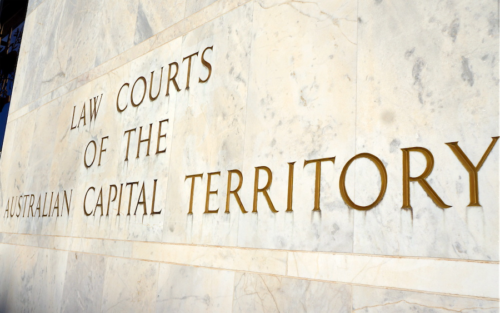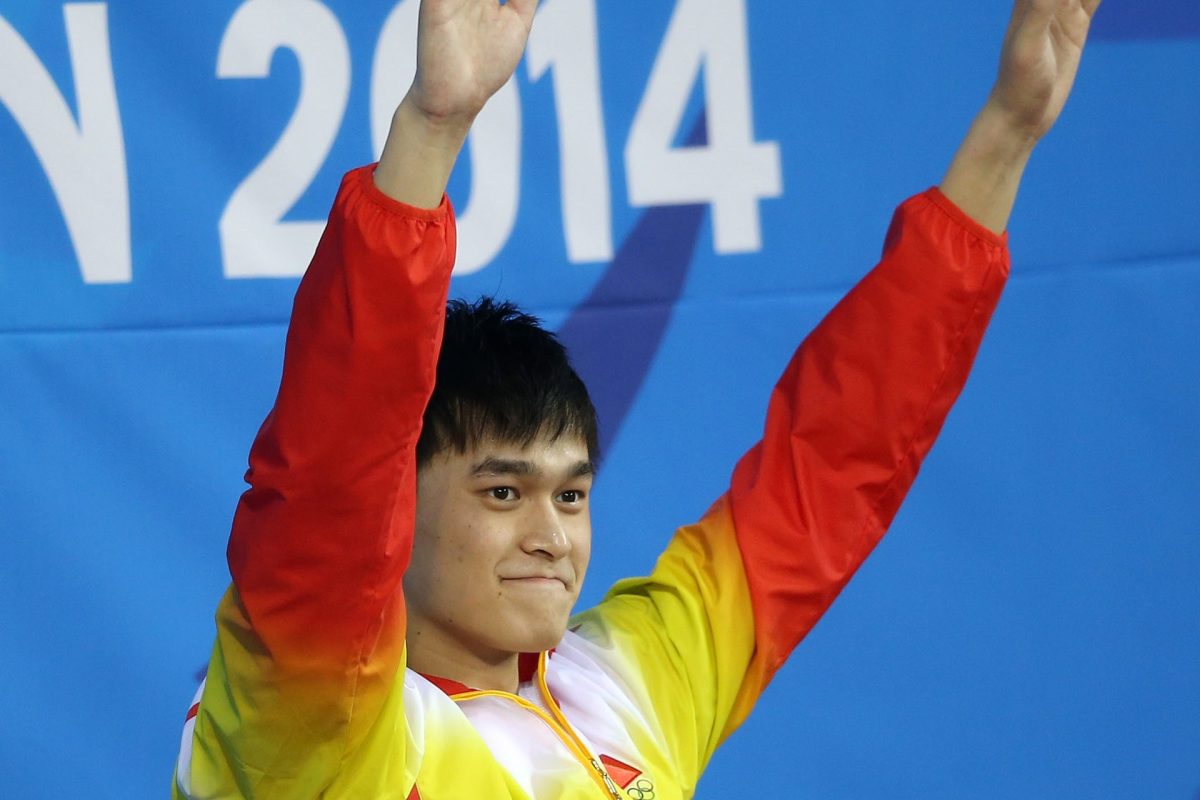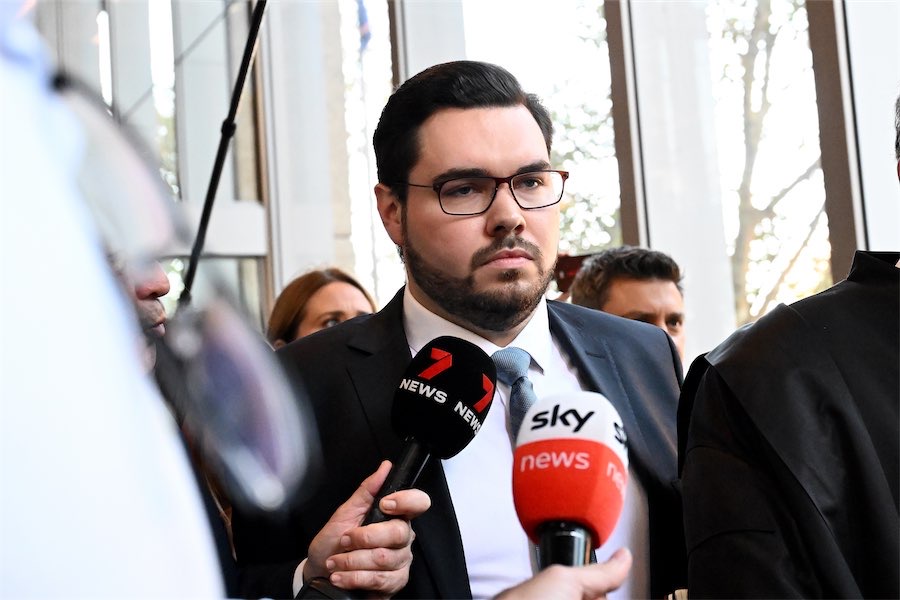AH! Make Canberra the Bush Capital Again: the good, old Bush Capital! Will we see its like again – courtesy of the likes of Greg Cornwell, Paul Costigan and so many other contributors to the “Tram and Town Planning” debate?
 Will we ever again experience the delights of gravel roads with NCDC-planned potholes? The hitching rails where now the car park reigns? The horse-drawn trams, prohibition, the Limestone Plains alive with merinos and the ghosts of the original owners of the land?
Will we ever again experience the delights of gravel roads with NCDC-planned potholes? The hitching rails where now the car park reigns? The horse-drawn trams, prohibition, the Limestone Plains alive with merinos and the ghosts of the original owners of the land?
Time to invoke Patterson’s Curse on the ANU.
Time to smell the kerosene hurricane lamps, the dunny-carts and the wood-fired stoves.
Time to send the dung beetle back to where it came from and free the bush flies forever.
Time to salute the Union Jack and raise our loyal voices to “God Save Whoever”; to send Our Boys off to fight Her wars; for MPs to go rabbiting again on Red Hill; for ladies to bring a plate to the monthly square dances or the Friday-night flicks in the Albert Hall.
Time now to tear down the Black Mountain Tower; demolish anything with “national” in its name; to drain the lake and go yabbying again – just like we did last century; to wake to church bells across the Molonglo on Sunday mornings.
Time for the kindly bobbies and posties to again pedal their bikes and blow their whistles while dodging free-rein bitzers on unmade footpaths.
Time to get back to the wattle-and-daub that made this country great.
Time to begin the last Great March together, backwards to the last true Canberra Day celebration – at zero hour, 2050.
Phillip Mackenzie, Queanbeyan
Give Lonsdale Street a go
I MISSED David Jones’ now-infamous article (“The stubborn generation that won’t let go of the car”, CN October 7), but was convinced by your correspondents’ responses: even as a recent immigrant from Melbourne, electric buses do seem a more sensible option for Canberra than light rail.
With that said, it would be nice if Canberrans would at least “think” about “getting rid of the car” in some situations. The recent public consultation on the future of Lonsdale Street, Braddon, has raised the ire of many who are outraged at the thought of not being able to park on Lonsdale Street and of not being able to drive down its short, few-hundred metres.
Woe betide those who might walk a block from a car park! Pity the poor businesses who are surely doomed if their customers can’t park directly out the front! The street isn’t even a thoroughfare, given that it ends at the north end at Haig Park.
Rather, wouldn’t it be nice if there was one street in Braddon that the pedestrians owned? One street full of tables, people sitting enjoying a meal? Think of the reasons we travel to other cities. The great streets are often it. Hardware Lane, Degraves Street: no cars. Cafes on the street. They seem to do okay. They’re featured in airline magazines with photos of beautiful people having a good time.
Good luck taking such a photo on Lonsdale Street, even after its upcoming refurb.
John Noble, Braddon
Create bus corridors not tramlines
AS a bus commuter for over 20 years, I welcome the thoughtful discussion (Letters, CN October 21) on the many problems with the Stage 2 Light Rail proposal.
It is misguided to have gone down the light rail path at such expense when we already have a bus fleet, whose quality, comfort, timing and carrying capacity have dramatically improved in recent years.
The government’s current investment in electric buses (purchasing 90 zero-emissions buses) is a sensible and cost-effective step rather than the expensive light rail, which is already being superseded technologically.
Creating bus corridors to maximise travel speeds would be a better investment. A Gungahlin-Civic bus corridor would have been a much less expensive option with more frequent services.
I share the doubts that an expensive, inflexible and slower light rail will in any way outdo the current fast bus services from Woden to Civic.
A bus system is unlikely to replace cars in Canberra, but it can go a long way to offer a service that seriously encourages people to let go of the car.
Richard Wade, via email
What’s to become of petrol cars?
HAVING read a number of articles recently encouraging people to consider purchasing an electric vehicle (EV) as part of the renewable energy program, I have not read anywhere in these articles or other sources what the plan is for the disposal of the petrol-driven vehicles. Obviously you will not be able to trade them in as you do at the moment. Do any of your readers have the answer to what will become a
big problem with this push for more people to purchase an EV .
Kevin Coughlan, Chisholm
Time to call for a robotaxi
THE several responses to the article “The stubborn generation that won’t let go of the car” (CN October 7) failed to mention the likelihood that the car could play a dominant role in public transport in cities such as Canberra in the near future.
Robotaxi is the keyword to use in a Google search to see that big car companies such as Hyundai and General Motors, as well as Waymo, the car technology affiliate of Google, are seriously committed to revolutionising road travel with self-driving cars.
If the avoidance of the AstraZeneca vaccination is any indication, the car companies still have a big job ahead to convince people to take their hands off the steering wheel for good.
Also, most people would consider that a 2021 model robot would have a problem with the unpredictability and rule-breaking behaviour of many Canberra drivers. However, a hybrid approach is an immediate way forward.
Obviously robotaxis can be developed to accommodate either a person or a robot driver. Then, the hirer drives the robotaxi for the trip, the robot drives the vehicle from the hirer set down to pick up the next hirer.
In 2015, Canberra information technology and software modelling expert Kent Fitch published the results of research that showed a fleet of 23,000 robotaxis could service 750,000 daily trips in Canberra at a cost of $3.80 (2015 values) for each average 13km peak-hour journey.
This type of public transport means that car travel would place much less demand on road system infrastructure than it does today and deliver better safety and environmental performance.
The “go anywhere, anytime” service is another reason that Canberra need not be tied to outdated and expensive light rail and its particular “city shaping” effects.
John L Smith, Farrer
Minister’s mixing up his ideas
IN Michael Moore’s column “Steel seeks a better deal for cars” (CN October 21) Transport Minister Chris Steel is reported to have pointed out there were thousands of deaths caused by transport pollution every year in Australia that aren’t counted in the national road toll.
He also suggested that commitment to “Vision Zero by 2050” would stop deaths or serious injury on the roads.
The Minister appears to be mixing up his ideas.
If committing to Vision Zero by 2050 is reducing pollution then that part would be a good thing, but I doubt it is causing thousands of deaths in Australia.
If he is suggesting it would stop injury and death, that does not make sense. Having poor-quality cars being checked for pollution would help towards Vision Zero 2050, but it would not reduce the injuries and death tolls from accidents.
I believe it was the Labor government that closed all the vehicle-checking stations in the ACT that would have removed old unroadworthy polluting cars from the road.
Even if all cars in Australia were electric, this is not going to stop all the deaths or injuries. People will not change their driving habits just because the car is electric. Most accidents are caused by speed, carelessness, lack of ability, drugs and/or alcohol, or sometimes the weather. This is not going to change having electric cars.
Vi Evans, MacGregor
No magic bullet for covid
DR Paul Kauffman’s highly unrealistic assertion that the ACT could be covid free with one stroke of the Chief Minister’s pen suggests he is not a medical doctor (Letters, CN October 28).
The currently approved COVID-19 inoculations in Australia prevent neither viral infection nor transmission to others. In fact, the ACT’s chief health officer Dr Kerryn Coleman recently stated that “while the risk is lower, it is important everyone remembers that even if fully vaccinated, you can still contract COVID-19 and pass it on to others, especially to those who are unvaccinated.”
Over-reliance on vaccines is being played out currently in the UK where cases are again going through the roof, with more than 50,000 infections recorded in a single day. Medical experts are again calling for behavioural and other measures such as mask wearing, social distancing, ventilation etcetera to help stem this expanding infection load. Vaccines alone without these other measures is far too narrow an approach.
The ACT’s Human Rights commissioner Dr Helen Watchirs has also raised the risks of discrimination against the unvaccinated, for example in terms of accessing everyday goods and services.
Paul Kauffmann’s calls are typical of a faulty, popular assumption about vaccines as a magic bullet solution for covid, whereas many measures are required together.
Murray May, Cook
Be nice to butterflies
I LOOK forward to all your articles each week and very rarely disagree, though I could not let this one pass.
I was disappointed to read in Jackie Warburton’s gardening column (CN October 21) a paragraph referring to black butterflies on citrus trees. Jackie suggests squashing the caterpillars. I suggest that citrus growers “forfeit” the one branch as without the caterpillars we would not have butterflies. All life starts small and we are losing too much life in the lower ecosystem.
Barb Baker, via email
These caterpillars do little harm
GARDENING columnist Jackie Warburton (CN October 21) ought to be advising your readers that the orchard swallowtail or large citrus butterfly is an Australian native (Papilio aegeus) whose curious caterpillars will do little harm to citrus (or to mock orange, for that matter).
There’s enough killing of Australian wildlife still happening in our unique continent without columnists encouraging more of it.
Ann Smith, Curtin
We have to play our part
IN her article “A small step for everyone else is big leap for the Nationals” (citynews.com.au, October 19) columnist Michelle Grattan analyses the issue of rising emissions and their effect on Earth’s climate. This has been the subject of innumerable discussions, especially in the lead up to Glasgow.
At the core of the debate is the necessity of keeping the increase in average global temperature to less than 1.5C or, at most, 2C above pre-industrial levels – if we wish to keep Earth a reasonably comfortable place to live. During all the talking, the plus-1.5 degrees limit has been passed, leaving plus-2 degrees as the “best worst” option.
Two degrees may seem trivial. However, the written record and proxy measurements from tree rings, ice cores and isotopes going back almost 900,000,000 years show average global temperatures oscillating between minus-8 and plus-2 degrees from the long-term mean on a 10,000 to 100,000-years time scale.
The low points represent glacial maxima (ice ages) and the high points glacial minima (warm periods).
Earth was in a cooling phase, on track to another ice age, until about 330 years ago, when modern humans began burning fossil fuels and emitting large volumes of carbon dioxide (CO2 – a powerful global-heating gas) into the atmosphere. This CO2 abruptly reversed the cooling trend and began a global heating trend that has continued to steepen, and is now shattering northern hemisphere weather records.
As the leader of the world’s third-largest per-capita emitter of CO2 (after the US and Saudi Arabia), Prime Minister Morrison must commit Australia to playing its part in global emissions reduction when he faces the Glasgow Climate Change Conference. That is the only way to avoid Australia’s being labelled an international climate-change pariah.
Dr Douglas Mackenzie, Deakin
Best wishes for Nichole
WE readers wish Nichole Overall well in her next phase of life, the gruelling and cruelling role of a parliamentarian.
We know she has the Monaro electorate’s best interests at heart.
Christopher Ryan, via email
Who can be trusted?
In a world of spin and confusion, there’s never been a more important time to support independent journalism in Canberra.
If you trust our work online and want to enforce the power of independent voices, I invite you to make a small contribution.
Every dollar of support is invested back into our journalism to help keep citynews.com.au strong and free.
Thank you,
Ian Meikle, editor





Leave a Reply